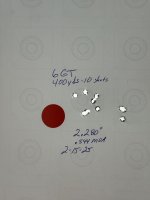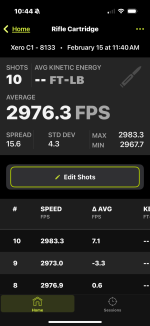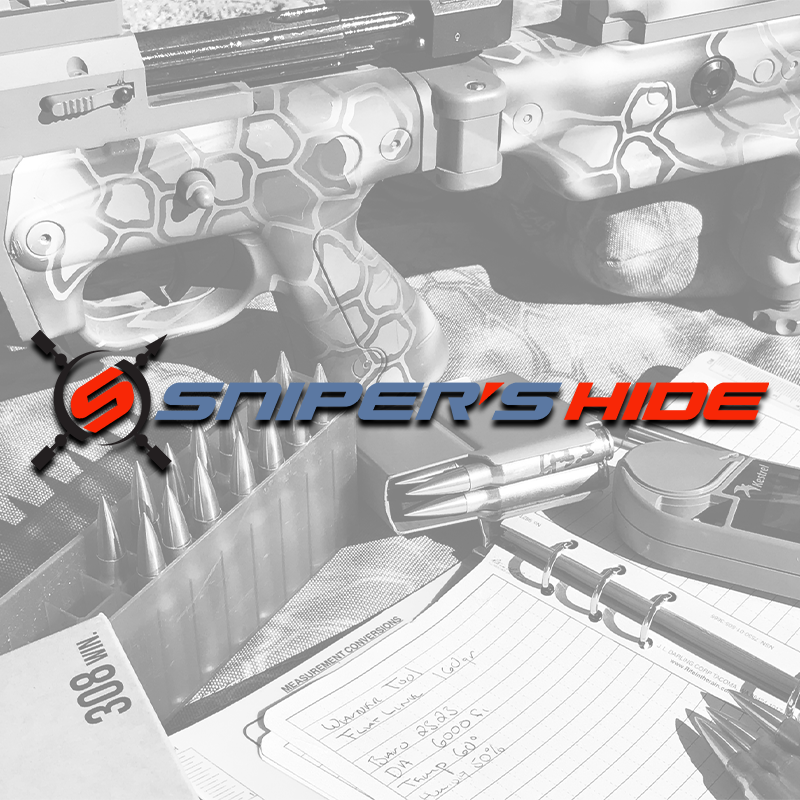The lube you use, the amount and consistency of application play a large role in this in my experience.
^ Mine as well.
@climbing1 If using a full-length die, try lubing just the case body next time and not the shoulder or neck. Some might not agree, but I've made some pretty consistent stuff over the years doing this and have had no issues. Obviously if you are using a bushing die, you might want to do the neck too. The biggest thing during the experiment is to stay off the shoulder.
Just try a couple pieces at first and see if the consistency gets closer...if it does...then lube application was the culprit.




